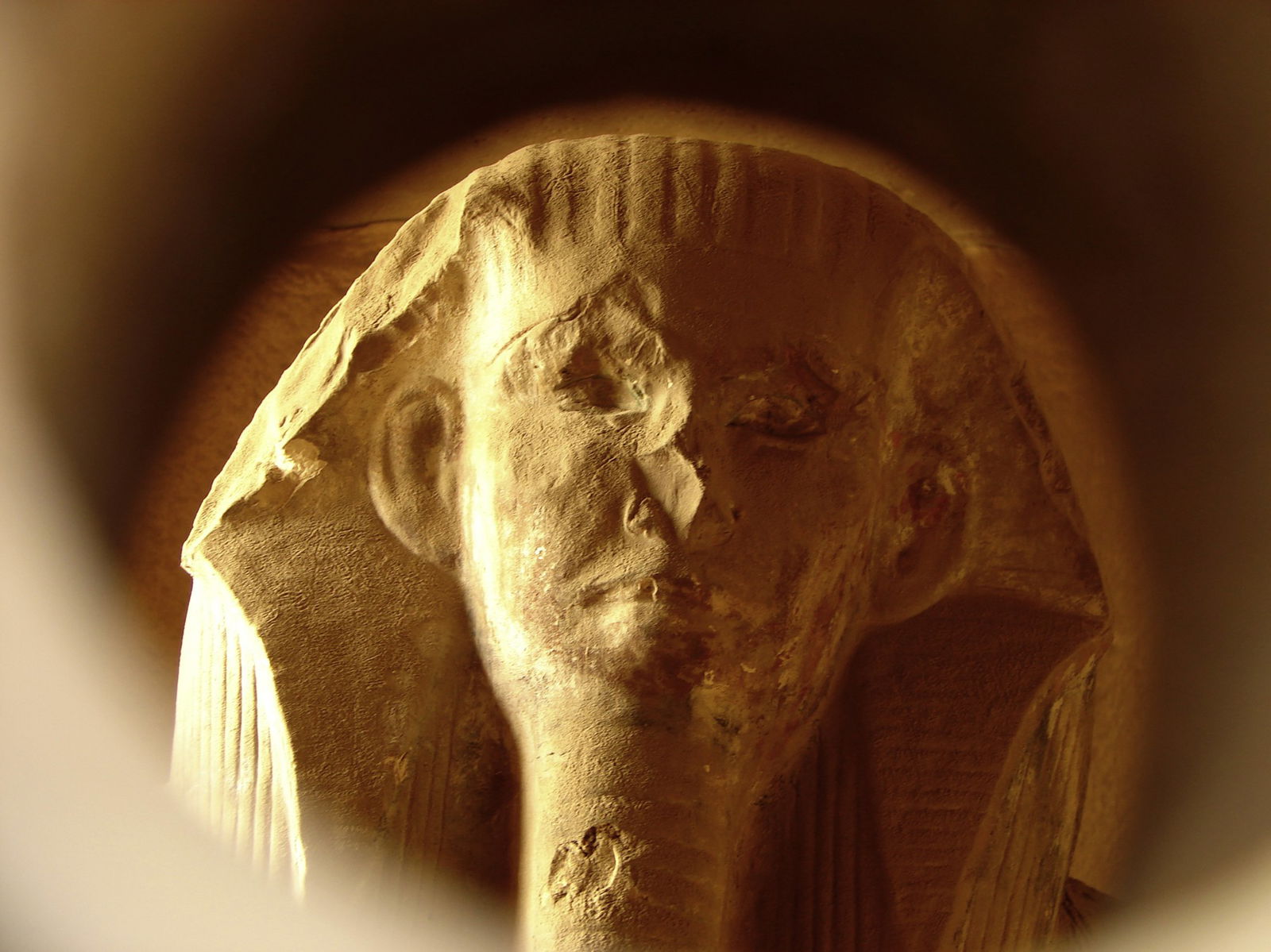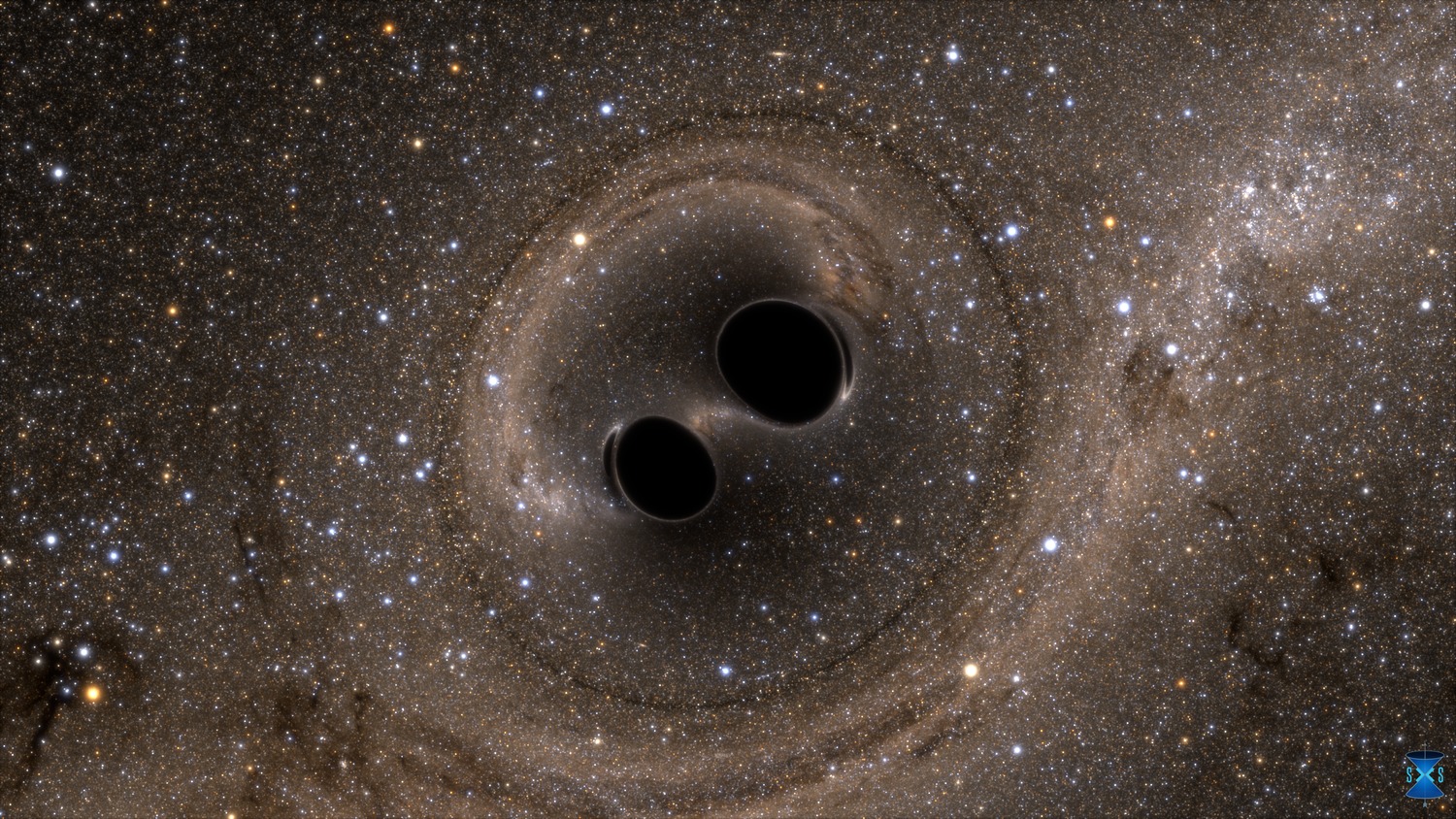By looking inside black holes, we can get an answer to one of the most important questions in modern astronomy and physics.
Because of the laws of physics, we can’t see through the event horizons of black holes, because apart from being impenetrable, not even light can get out of them. However, in a new study, University of Michigan His physicist, Enrico Rinaldi, described a technique by which this limitation could be bypassed, thus solving one of science’s greatest mysteries.
Previously, the anthropomorphic nature of the universe was misinterpreted as the theoretical physical equivalent of Plato’s cave comparison, an ancient allegory about people’s lack of perceptual ability that would be perceived in blockbuster films like The Matrix or The Winged Bounty Hunter.
However, the theory officially known as 3D 2D is actually a mathematical model. In Einstein’s general theory of relativity, there are no particles, only space-time, while in the general model of particle physics there is no gravity, only particles are present.
Three-dimensional dualism suggests that the theory of gravity and particles are mathematically quite equivalent, the only problem being that the first hypothesis requires three dimensions, while the second requires only dimensions.
Black holes are a very important component in reconciling and reconciling these assumptions. Due to its density, it distorts three-dimensional space-time, but it is more valuable for physicists because it allows them to monitor their ability to communicate at the particle level according to mathematical schemes, essentially projected through two-dimensional space.
Mathematical tools used to represent particle theory include so-called quantum matrix models, which are solved by finding the best particle configuration that represents the lowest energy state of the system.
Rinaldi and colleagues used quantum circuits of the solution, which were run through a special neural network in order to find the wavefunction of the matrix with the lowest energy. The only problem was that most currents were not powerful enough to decipher these complex models, so the researchers had to develop a much simpler model to demonstrate that their approach was workable.
These arrays are a possible representation of a special version of black holes. If we know how they are organized and what are their properties, then we can, for example, know what the interior of a dark object looks like. What could be on the event horizon of a black hole and where might it come from? The answer to this question will be a step towards the application of quantum theory that can be linked to them.” Rinaldi said.
The physicist added that the findings provided an important basis for future research on quantum computing and machine learning algorithms that scientists can use to explore quantum gravity through the intellectual plane of 3D.
























![The Italian Souls clone has been delayed, but is coming to multiple consoles [VIDEO]](https://thegeek.hu/wp-content/uploads/sites/2/2024/05/thegeek-Enotria-The-Last-Song-1.jpg)



















